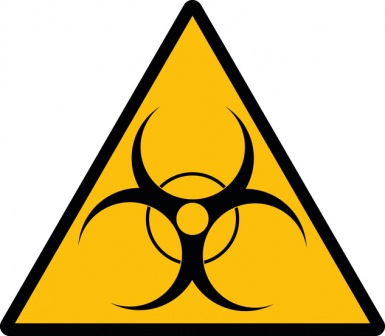
Pool Re, the terrorism reinsurance pool, has announced the publication of its latest Terrorism Frequency Report, which analyses recent terrorist trends and their significance to the UK insurance community. This edition includes a discussion of the attack against Sergei and Yulia Skripal, and the economic impact which this has had on the city of Salisbury and the surrounding area. The report states that, while this incident was not terrorist in nature, it is the first major chemical, biological, radiological, nuclear (CBRN) attack on British soil in over a decade.
The incident has highlighted two key areas of consideration: the macro impact of a relatively small amount of nerve agent; and the likelihood that the financial losses suffered as a result by businesses and the wider Salisbury community will not be covered by their insurance policies. Key findings in the latest report on this incident include:
- Despite the amount of nerve agent used being relatively small, the clean-up operation has included a wide area and the investigation currently spreads over 27 miles.
- The challenges of identifying an undetectable agent and the resultant time taken by the authorities (a day) to declare a major incident may have exacerbated the situation and allowed individuals potentially exposed to the nerve agent to extend the area of contamination. This illustrates the threat posed by humans becoming vectors of contaminated material.
- One month after the event, the Zizzi Restaurant and The Mill Pub which the Skripals attended on 4 March, as well as the area immediately around the bench, are still closed off and it may be a number of months before access is handed back to the occupiers.
- A further six businesses remain closed within the police cordon and will be experiencing 100% losses, although the majority of these businesses are large retailers.
- There are suggestions that there has been a 40-50% downturn in footfall to Salisbury’s two principle sectors, retail and tourism, due to a fear of contamination and the perception that businesses are difficult to access or closed.
- Footfall to Salisbury Cathedral, for example, reduced by 40% in the week immediately after the incident.
- One month after the attack, the Cathedral is experiencing a visitor reduction rate of 20% and a 24% reduction in income.
Julian Enoizi, Chief Executive, Pool Re said, “The losses being incurred by small businesses in Salisbury are highly unusual. CBRN has historically been excluded from all commercial property and business interruption insurance policies as it was thought that the sheer magnitude of the potential losses would exceed the ability of insurance and reinsurance companies to meet claims. However, the disturbing event in Salisbury shows that these types of attack can be localised and could be deployed by criminal or terrorist actors. They have highlighted the macro consequences of a micro CBRN event. This should prompt debate within our industry. Consideration should be given to whether the perceived wisdom around certain perils needs to be reassessed, and whether now is the time to address other risks, for which underwriters also do not provide cover.”

